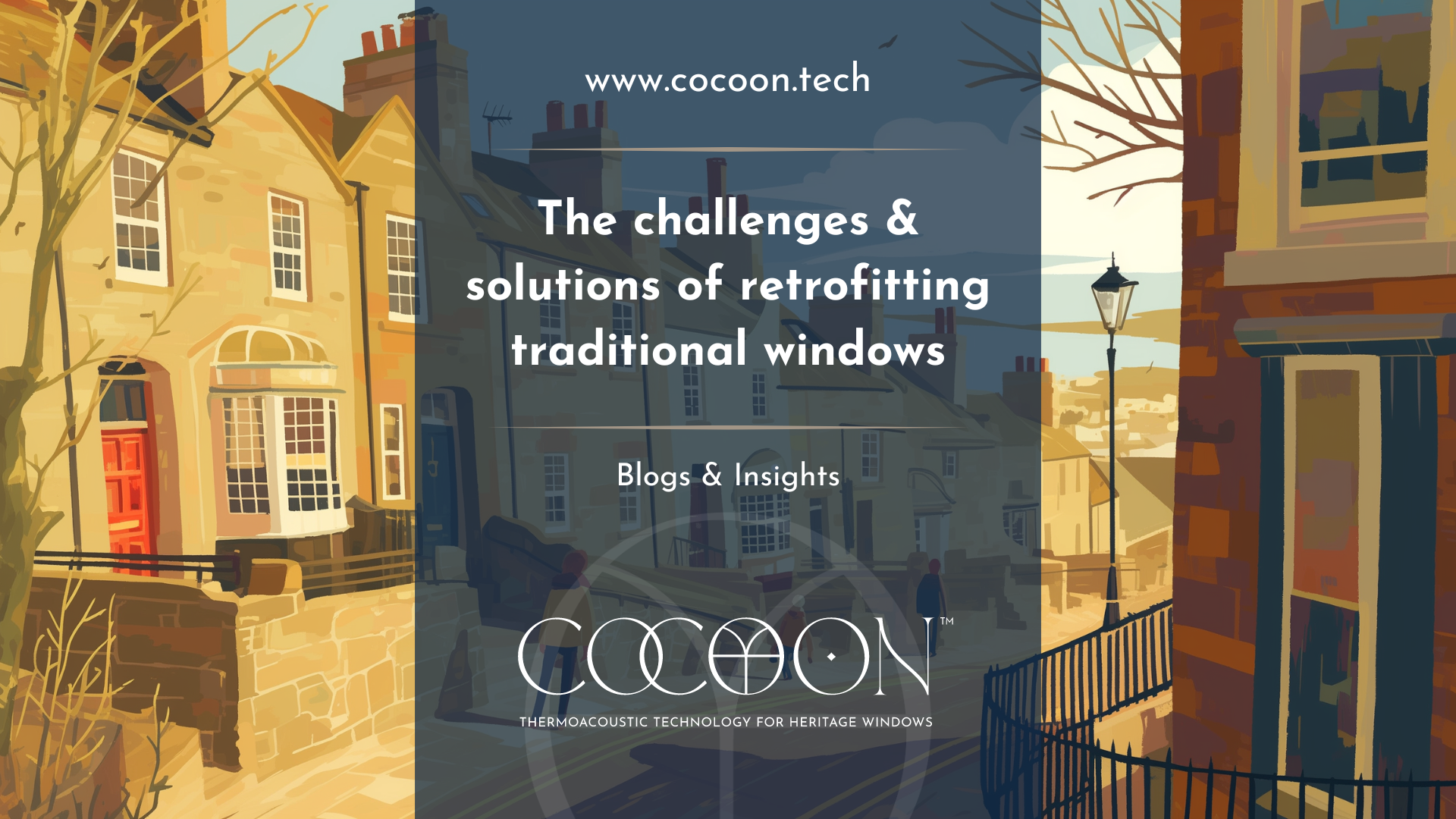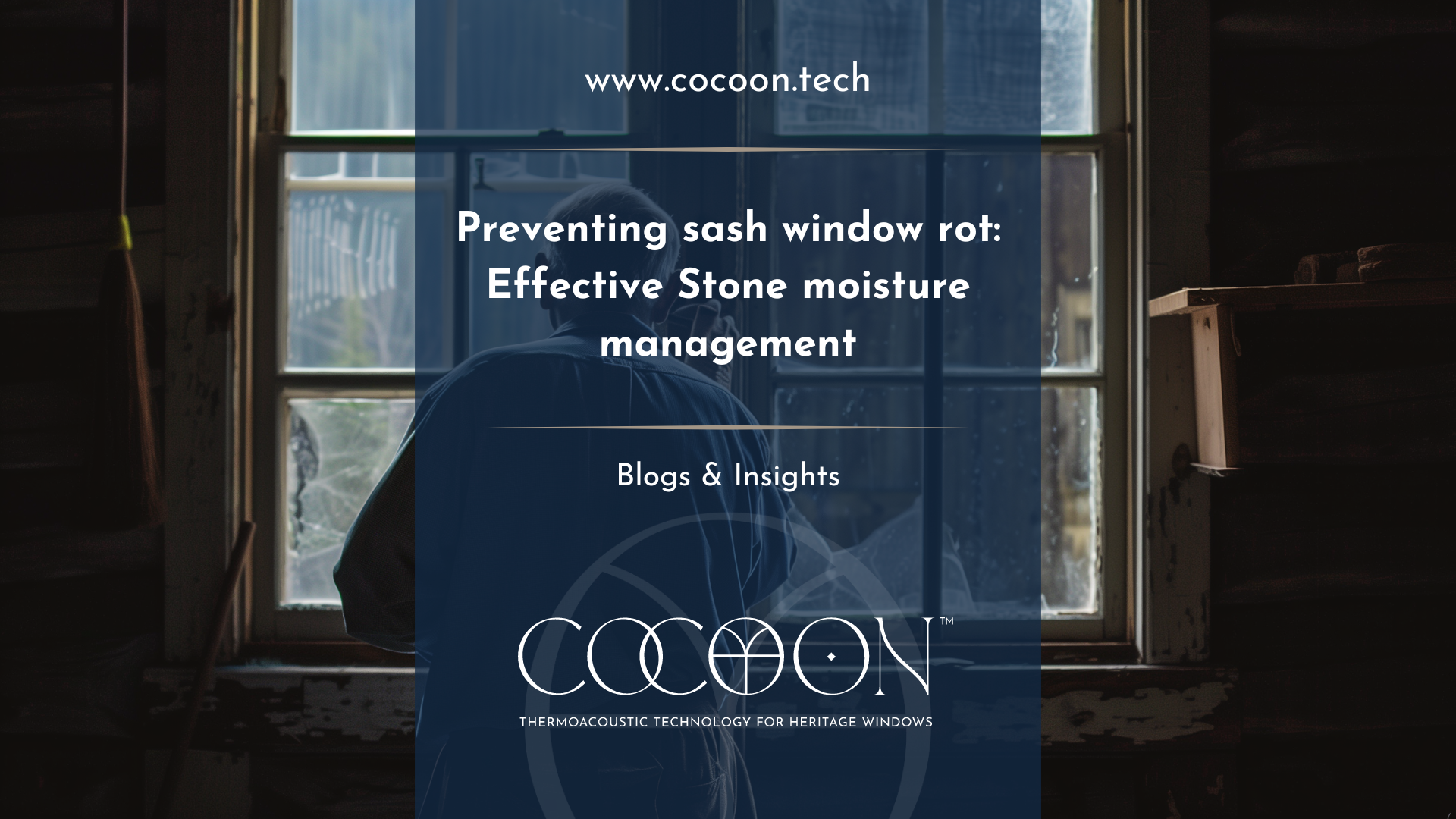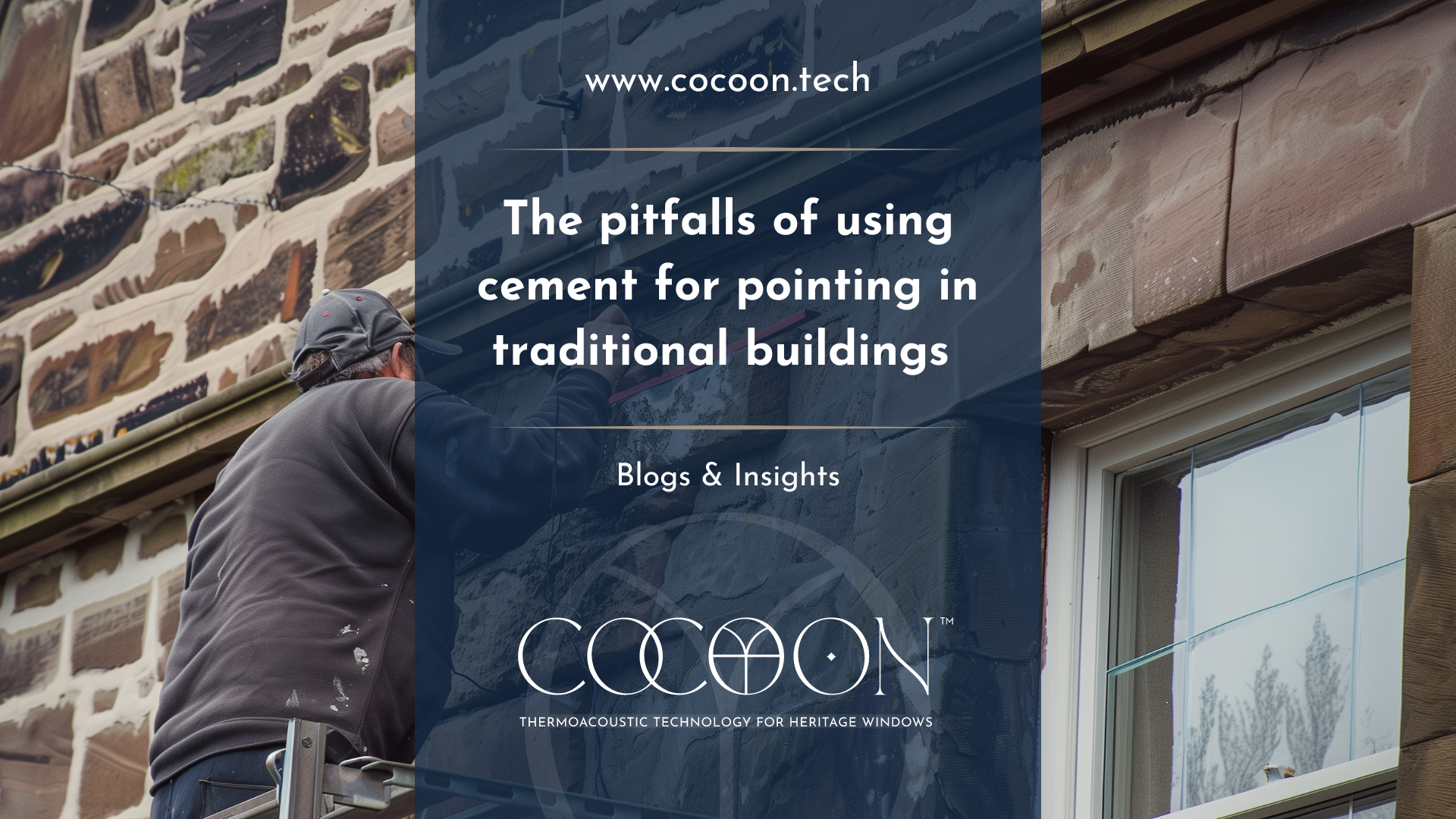Alter Listed Buildings without Planning Permission | Glaze & Save
For many people, the thought of obtaining planning
permission for a project fills them with dread: and this can be doubly so for
listed building owners, where restrictions can be tough and punishments for
flouting planning laws severe. That’s why we thought we’d look at a few things
that you can do to your listed building without the need to obtain planning permission.
This blog is a general guide only: we would also recommend that you speak to your
local planning or conservation officer to find out exactly if your proposed
renovations require planning permission for your area.
1. Internal Alternations
While you will generally not require planning permission for internal alterations to a building, you will need listed building consent for any significant works such as interfering with original fixtures, removing internal walls etc if you own a listed building.
2. Replacing Fixtures or Materials on a Like for Like Basis
According to Historic Environment Scotland , it is unlikely that you would require planning permission or listed building consent if old materials are being replaced for new on a like for like basis and the repair work doesn’t affect the character of the building.
3. Draught proofing
We all need controlled levels of ventilation in our homes in order to avoid damp and the clear the air; however, when the air flow becomes uncontrolled this can lead to a cold and draughty home which is not only uncomfortable to live in, but can be very costly in energy expenditure.
Older buildings can lose around 15-20% of their heat via draughts but there are many ways to tackle this without damaging the historic character of your building. And the good news is, such work can pay for itself very quickly. (Historic England)
This is a particularly major issue in historic properties, where wear and tear of the general fabric of the building can lead to uncontrolled air flow and multiple air changes and hour. Most draught proofing work will not require Listed Building consent, however if you intend to install draught proofing in your listed building you should check with your local planning or conservation officer as some more invasive types may require consent. You can read more about draught proofing your historic building in our blog post here.
4. Secondary Glazing
It’s worth noting from the outset that not all secondary glazing is created equal in this respect. In most cases for secondary glazing to not require any permissions in a listed building, it must not interfere with the original structure or the building, or be visible from the outside. Unfortunately, most secondary glazing does not pass this test and would therefore require consent to be installed. However InvisiTherm® is a completely demountable, reversible system which is non-invasive to both original windows and the structure of the building, while being virtually invisible inside and outside. While InvisiTherm® generally does not require any permissions, we would nevertheless recommend getting in touch with your local planning or conservation department to discuss your plans and find out if consent is a requirement.
Protect your windows and experience a warmer, cozy and more thermally efficient home with InvisiTherm® the all-in-one window solution. Reduce heat loss by 63%, Reduce noise by a minimum of 48%, eradicate condensation and draughts, and completely eliminate ultraviolet fading, all without the need for any permissions. Retain your original windows and full working shutters while turning your single glazing into double glazing. Contact today on 01738 562 068 or via our contact form to find out more and arrange your free survey.




















